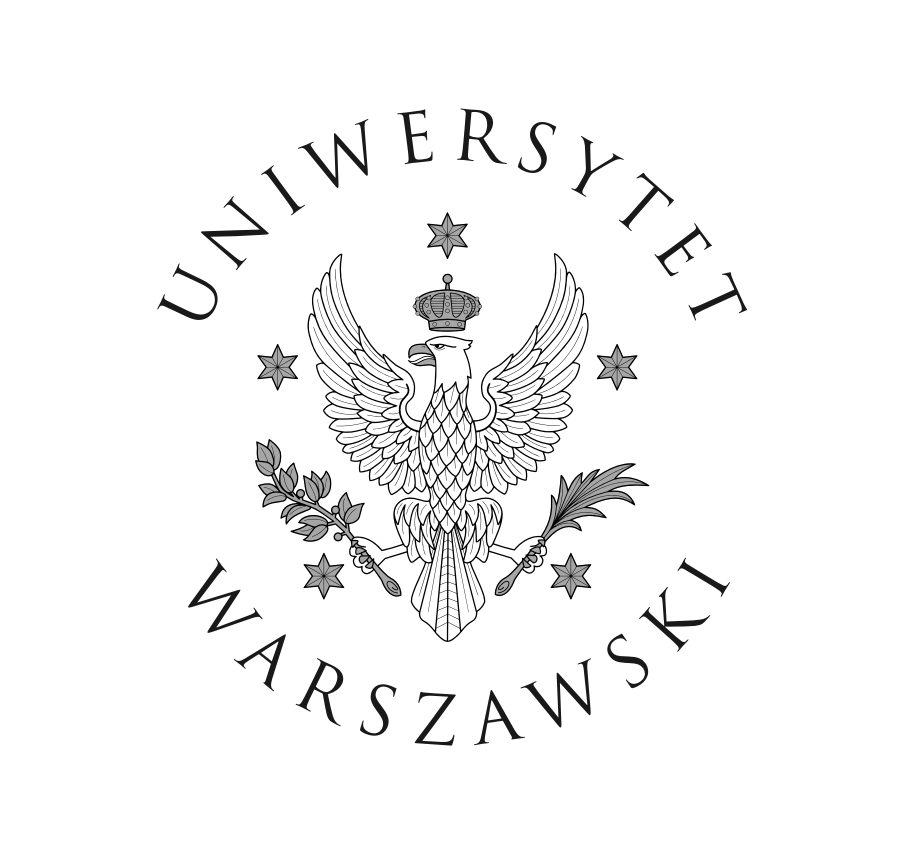
Optical synergies for spatiotemporal SENsing of Scalable ECOphysiological traits (SENSECO)
Vegetated ecosystems largely mediate terrestrial gas and energy exchange at the atmosphere-biospherepedosphere interface. The spatial and temporal acquisition of information on vegetation status, health and photosynthetic functioning is fundamental to model the dynamic response of vegetation to changing environmental conditions, necessary for climate change and food security studies. Satellite or airborne
Earth Observation (EO) provides the opportunity to collect spatially continuous information of vegetation reflectance globally and at ecologically relevant scales. Optical EO is now advancing towards measuring a signal that is emitted by vegetation (sun-induced chlorophyll fluorescence: SIF). By flying in tandem with Sentinel-3 (S3), ESAs forthcoming FLEX mission will observe SIF, which can, in combination with reflectance, provide an indicator of actual photosynthetic activity. The FLEX-S3 multi-sensor concept
exemplifies the synergistic use of multi-source data to capture scalable ecophysiological traits. This, in combination with other Copernicus missions will allow novel data analytical techniques to be realised. Then, by combining these data with proximal sensing from drones and flux towers it becomes possible to address critical open spatiotemporal scaling questions. The synergistic use, processing and interpretation of data from multiple optical instruments at multiple scales have matured to a stage where harmonization across
Europe is now possible. This will be achieved by forming the network proposed in this Action and bringing together the Sentinel-2, S3 and FLEX passive EO communities. This Action will therefore develop and further the capabilities for the interpretation of multi-sensor and multi-scale optical measurements and develop common protocols for community use according to following Working Groups:
-
-
- WG1: Closing the scaling gap: from leaf measurements to satellite images.
- WG2: Closing the temporal gap: from daily observations to seasonal trends.
- WG3: Realizing synergy between passive EO spectral domains.
- WG4: Establishing data quality through traceability and uncertainty.
-
Term of the project : 4 years: 24.10.2018-23.10.2022 (extended 23.04.2023)
Project leader: Dr. Martin Schlerf, Luxembourg Institute of Science and Technology (LIST).
Country leaders:
- Australia: Dr. Arko Lucieer (University of Tasmania);
- Austria: Dr. Georg Wohlfahrt (University of Innsbruck); Prof Clement Atzberger (BOKU, Vienna);
- Belgium: Dr. Wanda De Keersmaecker (KU Leuven), Prof. Ben Somers (KU Leuven);
- Bulgaria: Prof. Rumiana Vatseva (BAS National Institute of Geophysics, Geodesy and Geography);
- Canada: Dr. Petra D’Odorico (University of Toronto);
- Croatia: Ms. Zeljka Loncaric (Josip Juraj Strossmayer University);
- Cyprus: Dr. Kyriacos Themistocleous (Cyprus University of Technology);
- Czech Republic: Dr. Lucie Homolová (CAS Global Change Research Institue);
- Denmark: Dr. Monica Garcia (Technical University of Denmark);
- Estonia: Dr. Lea Hallik (Tartu Observatory);
- Finland: Prof. Miina Rautiainen (Aalto University);
- France: Dr. Jean-Louis Roujean (CNRS-CNRM/Météo France), Dr. Yves Goulad (CNRS);
- Germany: Dr. Javier Pacheco Labrador (Max-Planck-Institut), Prof. Uwe Rascher (Forschungszentrum Jülich GmbH), Dr. Magdalena Main-Knorn (DLR);
- Greece: Dr. Leonidas Toulios (Hellenic Agricultural Organisation DEMETER);
- Ireland: Dr. Conor Cahalane (National University of Ireland, Maynooth);
- Israel: Dr. Anatoly Gitelson (Israel Institute of Technology);
- Italy: Dr. Karolina Sakowska (Università Cattolica del Sacro Cuore), Dr. Micol Rossini (University of Milano Bicocca), Dr. Enrico Tomelleri (Free University of Bolzano);
- Japan: Dr. Yoshio Inoue (National Institute for Agro-Environmental Sciences);
- Latvia: Dr. Dainis Jakovels (Institute for Environmental Solutions);
- Luxembourg: Dr. Miriam Machwitz, Prof. Thomas Udelhoven (Luxembourg Institute of Science and Technology);
- Netherlands: Dr. Christiaan van der Tol (University of Twente), Dr. Lammert Kooistra (Wageningen University and Research);
- Poland: Dr. Radoslaw Juszczak (Poznan University of Life Sciences), Dr. Marlena Kycko (University of Warsaw);
- Portugal: Dr. Bruna Oliveira (University of Aveiro);
- Romania: Dr. Laura Mihai (National Institute for Laser, Plasma and Radiation Physics);
- Spain: Dr. Jochem Verrelst (University of Valencia), Dr. MariaPilar Cendrero-Mateo, Dr. Shari Van Wittenberghe (University of Valencia), Dr. Pilar Martin (Consejo Superior de Investigaciones Científicas);
- Sweden: Prof. Lars Eklundh (Lund University);
- Switzerland: Dr. Andreas Hueni (University of Zurich), Dr. Helge Aasen (ETH Zürich);
- Turkey: Prof. Eyup Selim Koksal (Ondokuz Mayis University);
- Ukraine: Dr. Taras Kazantsev (NASU Scientific Centre for Aerospace Research of the Earth);
- United Kingdom: Dr. Alasdair MacArthur (University of Einburgh), Dr. Kadmiel Maseyk (The Open University);
- United States: Prof. Philip Townsend (University of Wisconsin), Dr. Petya Campbell (NASA).
Papers:
- MDPI’s Remote Sensing Special Issue „OPTIMISE: Innovative Optical Tools for Proximal Sensing of Ecophysiological Processes„
- SENSECO WG2 Workshop, 5-7.02.2020, CESBIO, Toulouse, France
- MC-3 meeting and joint working group (WG1, WG2, WG3, WG4) workshop, 28-30.10.2019 Lanzarote, Canary Islands, Spain
- SENSECO All WGs Workshop & MC-2 Meeting, 25-27.03.2019, University of Aveiro, Portugal
- SENSECO Core Group Meeting, Kick-off meeting WG3 SENSECO – Sensor synergies, 5.02.2019, Brno, Czech Republic
- 1st Management Committee Meeting, 24.10.2018, Brussels, Belgium
- COST Academy Leadership Workshop, 13.09.2018, Brussels, Belgium


